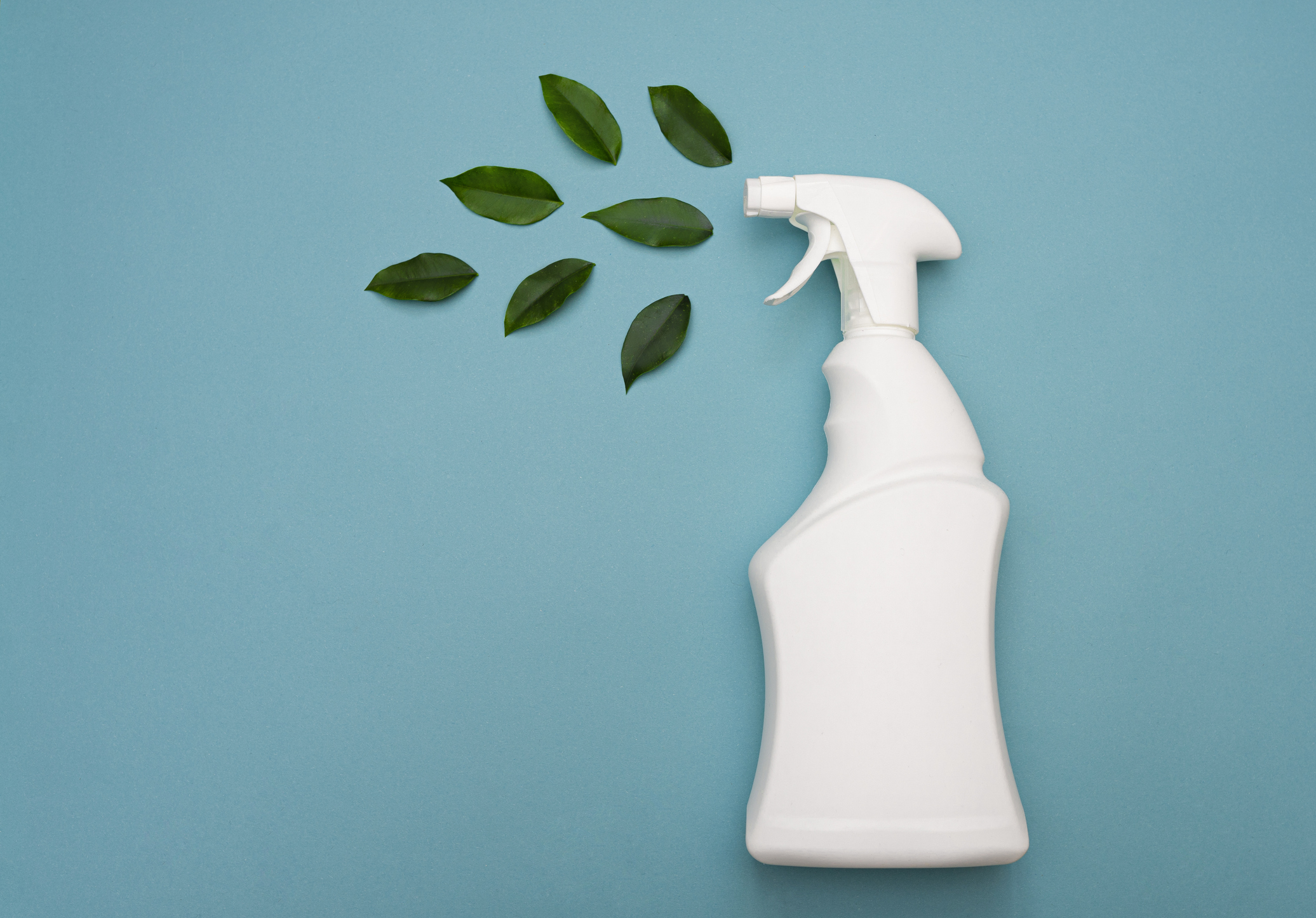

When it comes to caring for our health in a polluted world, most of us will go out of our way.
We buy organic fruits and vegetables and we look for grass-fed, antibiotic-free options in our meat.
Many of us have even turned to green cleaning products to keep our homes spotless.
Sadly, it seems that the word “green” in many of those products is more marketing hype than fact.
That’s because according to researchers from the University of York, many of those products emit just as many harmful chemicals as regular cleaning products — and that’s leaving you and your family paying more for a false sense of security…
A little formaldehyde anyone?
Cleaning products emit a wide range of volatile organic compounds (VOCs) that seep into the air of your home, where they’re breathed into your lungs and picked up onto your skin from the surface you touch. Some of these compounds are immediately hazardous to your health, while others undergo chemical transformations after use that generate harmful secondary pollutants.
Because “green” cleaners are supposed to be much safer, those York researchers set out to pit 10 regular and 13 green cleaners against each other, measuring the VOC composition of each.
And what they found may come as a big surprise…
The researchers found that fragranced green cleaners actually emitted more of a hazardous type of compound known as monoterpenes than regular cleaners. This resulted in increases in harmful secondary pollutant concentrations following use.
And hold onto your hats because those secondary pollutants that came with using green cleaning solutions included both formaldehyde and peroxyacyl nitrates.
Peroxyacyl nitrates are powerful eye and respiratory irritants, making them a worry to anyone living with asthma or other lung issues. And formaldehyde is a known carcinogen!
The researchers concluded that “Our research found there is no strong evidence to suggest that clean green products are better for indoor air quality compared to regular products.
“In fact, there was very little difference. Many consumers are being misled by the marketing of these products and could be damaging the air quality in their homes as a result — potentially putting their health at risk. For so many products on the supermarket shelves, green doesn’t mean clean.”
Safer house-cleaning alternatives
So what can you do instead if both regular and green cleaning products can harm your health?
The answer is to go back to the way your grandma cleaned.
Just a few of the old-school cleaning methods my grandmother taught me were:
- Use vinegar – My grandmother cleaned everything from mirrors and glass to kitchen cabinets with a combination of vinegar and water.
- Add baking soda – For sinks, simply sprinkle baking soda on the surface and pour on vinegar. Once the mixture stops fizzing, scrub away until clean.
- Try warm water and muscle – Don’t underestimate how clean you get your house with just warm water, a little muscle power and a dish rag or scrubber. This can get off even baked-on messes like those on your stove or in your microwave and oven.
In the past, I would have suggested adding essential oils to your natural cleaning routine, but today I can’t without adding a word of caution…
You may already know that many so-called green cleaners boast essential oils in their formulas. But highly concentrated and potent essential oils can emit VOCs.
That’s because the monoterpene compound given off by the “green” cleaners is a major component of essential oils — something I was not aware of until recently.
If using essential oils to clean your home, the most important thing to remember is not to mix them with anything but water, dilute well and use sparingly. Also, make sure the area is well-ventilated.
If you want the fresh clean scent of lemons and limes — keep the real fruit in a bowl on your kitchen counter or table. You can also mix ½ cup of squeezed lemon or lime juice to 2 cups vinegar for an effective degreaser.
Sources:
Green doesn’t always mean clean: Cleaning products urgently need better regulation, researchers warn – EurekAlert!
Essential Oils: More Harmful Than Helpful? — American Lung Association.

